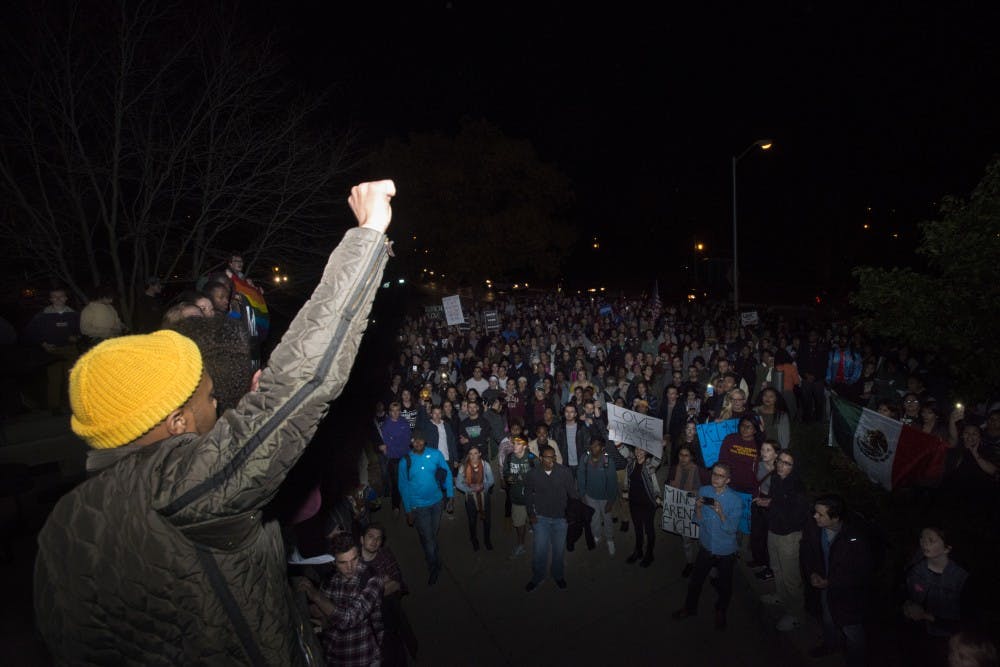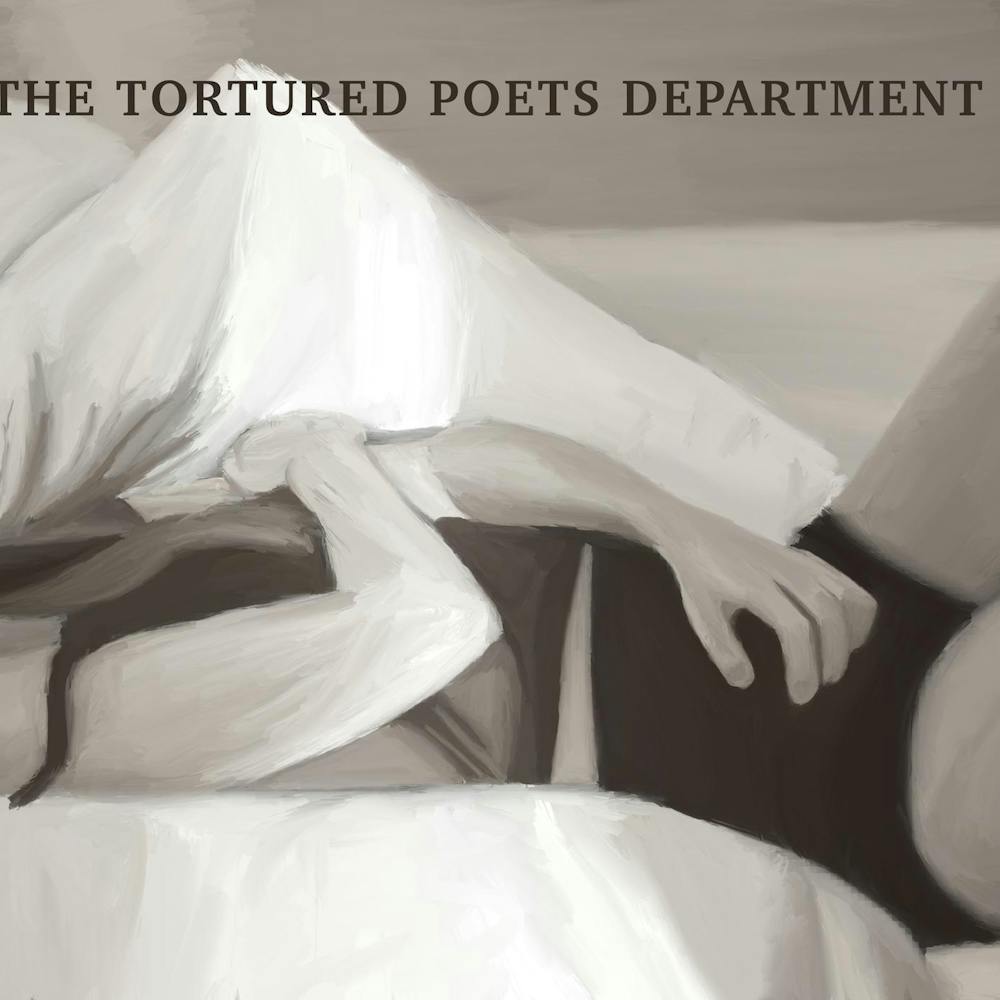MSU has a long history of social activism on campus, from the extensive protests during the Vietnam War to the recent protests surrounding the results of the 2016 presidential election.
This tendency for action is not any different during the civil rights movement in the 1960s.
At MSU and around the country, it was a time of sit-ins and speeches. Students of all backgrounds participated in these acts to try to change their university and their country.
Some of the events that occurred at MSU during the civil rights era were speeches from major voices of the civil rights movement. In January of 1963, Malcolm X visited the MSU campus to speak to MSU students and faculty.
Malcolm X spoke about issues of race in addition to discussing the Muslim religion as a black man. He also answered questions from those who were the audience.
Malcolm X grew up in the Lansing area, but his family was discriminated against, according to MSU Libraries. When Malcolm was four years old, his house in a whites-only subdivision was burned down. Following Malcolm X’s visit to MSU, two years later Martin Luther King Jr. came to speak to students at the university.
According to the MSU University Archives and Historical Collections, more than 4,000 people came to hear King speak. King’s speech functioned as a fundraiser for the Student Tutorial Education Program, or STEP.
STEP was an outreach program that help tutor students at Rust College of Holly Springs, Miss.
In May of 1969, black students at MSU held a two-night sit-in at the Wilson Hall cafeteria in order to protest racism at the university, according to a Detroit Free Press article within the MSU Archives. About 100 students occupied the cafeteria and did not leave until an agreement was reached between Black Student Alliance and the university.
The following year, there was a similar sit-in at the Union that protested the killing by police of two black students of Jackson State College in Mississippi in May 1970.
According to Detroit News article from the MSU archives, a sit-in was held by 130 white students who called themselves “Action Group to Combat Racism.”
The students who participated in the sit-in were arrested after they refused to leave the building once its open hours had ended.
This sit-in followed a similar demonstration that took place at the ROTC headquarters on campus. The demonstration was in protest of the ROTC being on campus.
The police had to chase protesters out of the building as well as use tear gas to break up the crowd as they began to throw rocks, according to the article.
Following the Union sit-in, then-MSU President Clifton Wharton issued a statement that said: “It is an understatement to say that they have no legitimate cause which could in any way justify their actions. As was the case with the illegal sit-in in Demonstration Hall Friday night, provocation seemed the only aim.”







